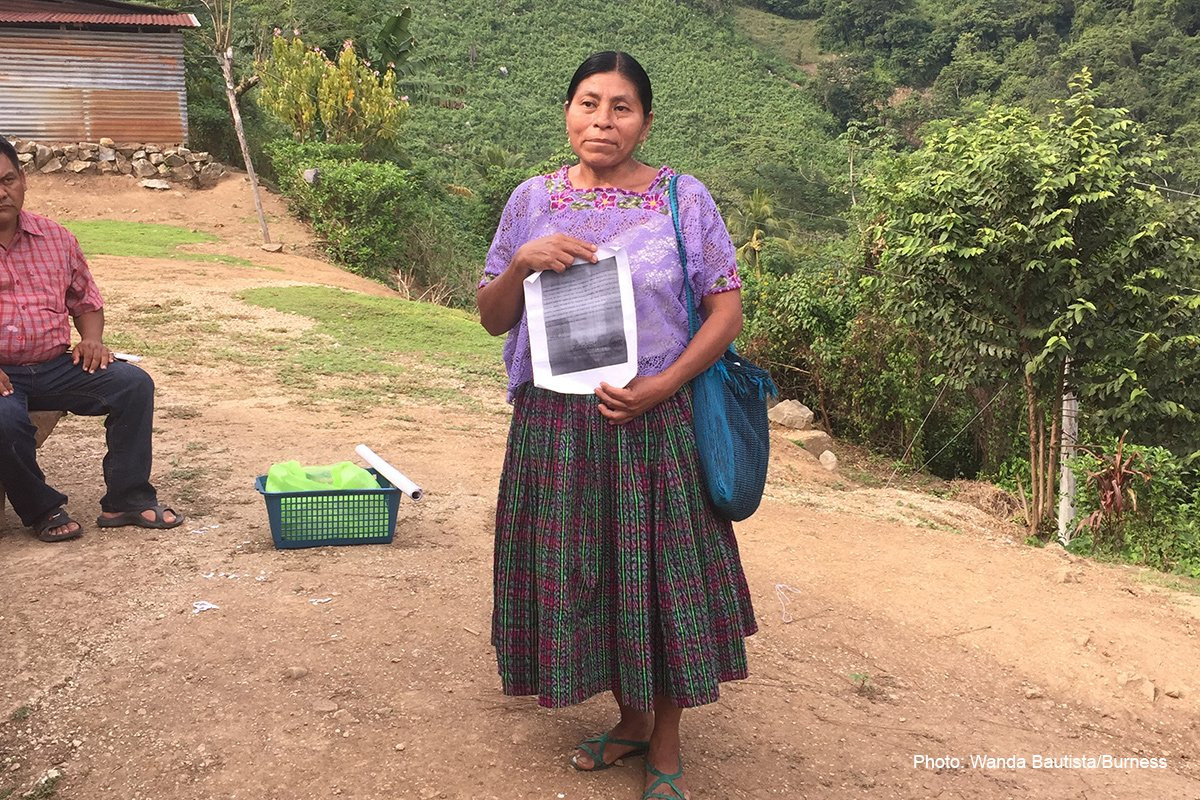The Human Cost of Conservation: “Yellowstone Model” Wreaks Havoc Abroad

National parks inspire patriotic pride and joy In the United States. We escape to Yellowstone to marvel at geysers, to the Great Smoky Mountains to immerse ourselves in lush forests, and to the Everglades to explore its sawgrass marshes and cypress swamps.
The beauty is enough to make us forget the people who once lived in these parks: indigenous peoples and the rural poor who, years ago, were violently evicted in the name of conservation.
This method of conservation—kicking people out to preserve a natural landscape—is referred to as the “Yellowstone model.”
Right now, in Central America, the Yellowstone model is being employed once again. As governments displace indigenous peoples and local communities to make way for conservation, national parks are mired in conflict and human rights abuses.
In the highlands of north-central Guatemala, for example, sits Semuc Champey, a site of otherworldly beauty. Here, a river flows into an underground cave that at the surface forms a series of tiered, turquoise swimming pools. For indigenous Maya Q’eqchi’ communities, the pools are a sacred site. These communities have lived on, sustainably harvested and cared for the area for hundreds of years.
[caption id="attachment_8793" align="aligncenter" width="657"] The pools at Semuc Champey, Guatemala, are a sacred site for local indigenous communities.[/caption]
But in 2005, after years of word-of-mouth tourism to Semuc Champey, the National Council on Protected Areas (CONAP) declared the site a protected area without consulting the indigenous communities who have legal title to the land.
Since then, indigenous communities have been barred from entering their sacred site. And although CONAP is legally bound to give 30 percent of park revenue to the local communities displaced by the park, no money has been shared.
So in 2016, indigenous authorities led a peaceful occupation of the park. They were met with riot police and armed soldiers who fired tear-gas into the crowd. One indigenous elder was killed, crops and livestock were poisoned by the gas, and many families fled in terror.
What was the government’s reaction? The president of Guatemala congratulated CONAP on its violent takeover of the park. And private business owners, who knew tourism to the site could resume, rejoiced.
Today, the indigenous elders who led the peaceful resistance live in fear. A powerful lobby of business owners, corrupt law enforcement officials and judges have issued warrants to arrest them for illegal trespassing. Once arrested, the elders are asked to pay fees exceeding $2,000 USD, an impossible sum for the region’s indigenous people.
[caption id="attachment_8794" align="aligncenter" width="446"] Elder Doña Maria holds a list of indigenous leaders who have warrants issued for their arrest.[/caption]
On a recent visit to Semuc Champey, I met Doña Maria, one of the elders. “What will my nine-year-old son do when I am arrested?” she cried, while holding a piece of paper listing her name under those who have warrants issued for their arrest.
I heard this sentiment echoed over and over by other elders: "Before CONAP came in, we protected Semuc Champey and kept it safe and clean. This land was left to us by our fathers and grandfathers, and generations before that. If it is taken from us, what will we give our children?"
According to Andrew Davis, a researcher for the San Salvador-based organization PRISMA, the most productive way forward would be for the government to recognize the land rights of the indigenous communities. “It would address the core of the dispute,” he said, “and ensure that the management of the area would actually respond to the aspirations and values of the Q’eqchi communities that have conserved the area for generations.”
After seeing Semuc Champey in its natural splendor, I’m not surprised that the government wants to conserve it. But indigenous communities have been doing the hard work of conservation for generations.
It’s too late for the US government, but the Guatemalan government now has the chance to promote conservation while protecting human rights. Land rights and conservation are not mutually exclusive; in fact, land rights enhance conservation in Central America. Governments must listen to and work with local communities if conservation is their true goal.